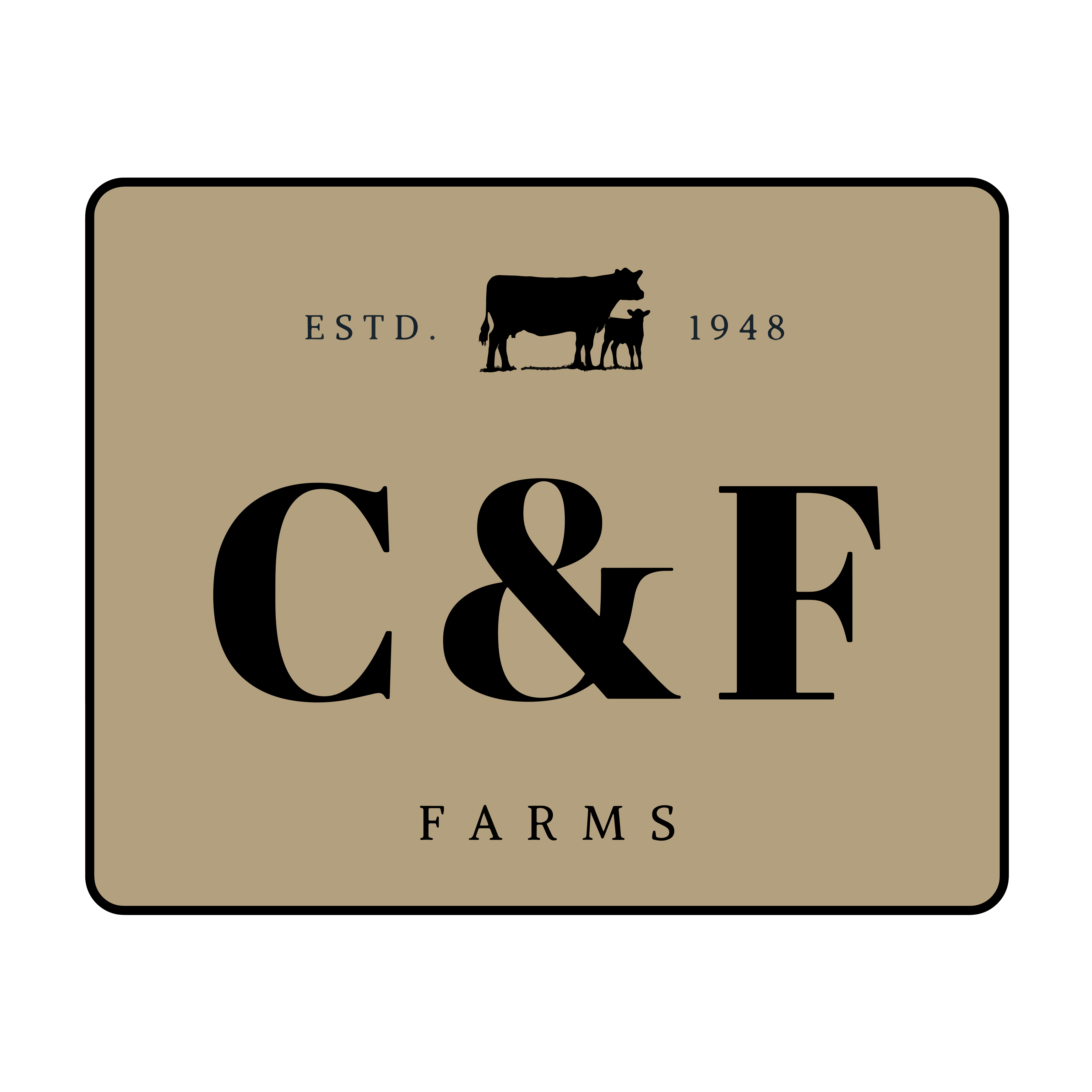Food Security and Nutrition Density Relies on How We Farm
posted on
May 1, 2023
People often ask me why we care so much about soil as cattle and hog farmers. We’re not planting crops or trying to harvest fruits and veggies, so why do we worry so much about the soil?
For me, the answer is simple. Without healthy soil, we can’t have healthy animals.
We often refer to ourselves as grass farmers instead of livestock farmers. Because the quantity AND quality of available forage determines our success in raising livestock. So, while we do raise livestock, an immense amount of thought and care goes into our pastures and forages.
So, what does that have to do with food security?
I was reading a recent article on Innovation Forum about this and the second paragraph stated:
“Industrial farming techniques, which have largely prioritized yield over resilience, and the climate change impacts they contribute towards, have already left around a third of the world’s soils degraded. This puts our global food supply at serious risk. A recent FAO report found that up to 828 million people already face chronic hunger globally. With hunger comes malnutrition, and a host of dangerous deficiencies and health impacts. For the food system to provide nutrition and food security in a warming world with a ten billion-plus human population, agricultural transformation through regenerative and sustainable approaches is crucial.”
They go on to discuss in more detail how industrial farming has compromised the nutrient density of our food. And that regenerative agriculture focuses on “…outcomes that improve water and air quality, enhance ecosystem biodiversity, store carbon, and produce nutritious food. Sustainable nutrition encompasses accessible, affordable, safe, and equitable diets, which support the earth and its resources.” Read the full article here.
Soil Health Principles
There are 6 principles of soil health taught by the Soil Health Academy.
- 1. Know your context. (Your principles and goals determine your stewardship of the land)
- 2. Minimize mechanical and chemical disturbance. (Nature doesn’t till or apply chemicals)
- 3. Maintain cover and build surface armor. (The top of the soil is like its skin; it needs to be protected)
- 4. Biodiversity. (Nature doesn’t work in a monoculture.)
- 5. Keep living roots in the soil. (The soil is an ecosystem and relies on roots and microorganisms to continue to grow.)
- 6. Integrate livestock. (Nature relies on animal impact to continue to regenerate the soils)
Industrial agriculture, which took it’s hold in the late 1800’s, sought to increase crop yields by applying fossil fuels energy, mechanization, advanced crop breeding methods, and synthetic applications (i.e. – fertilizers and sprays).
An excerpt from the book “Agroecosystem Diversity” indicates
“Industrial agriculture has had great success in producing abundant, low-cost food…But this success has come with costs that raise questions about the sustainability and the unintended effects of the global “rationalization” of food production. Environmental costs include the degradation of groundwater, surface water, soils, and biologic diversity. Social costs include a growing rural-urban divide, a worldwide obesity epidemic, and antibiotic resistance.” You can read more here.
The excerpt goes on to discuss how through various governmental promotions, accidents in history, and other path dependencies have set this industrial agricultural system in motion.
The question is, now that we have it, how can we change it? There’s a lot of financial backing in continuing to farm in an industrialized fashion regardless of any of the consequences on food or ecosystem health.
We are proud to say we practice regenerative agriculture and continue to follow the soil health principles.
We don’t know it all.
We don’t always get it right.
But we’re trying, and by following the soil health principles, we are working every day to continue to improve our little place in the world and hopefully influence others around us to take heed and follow along as well.



